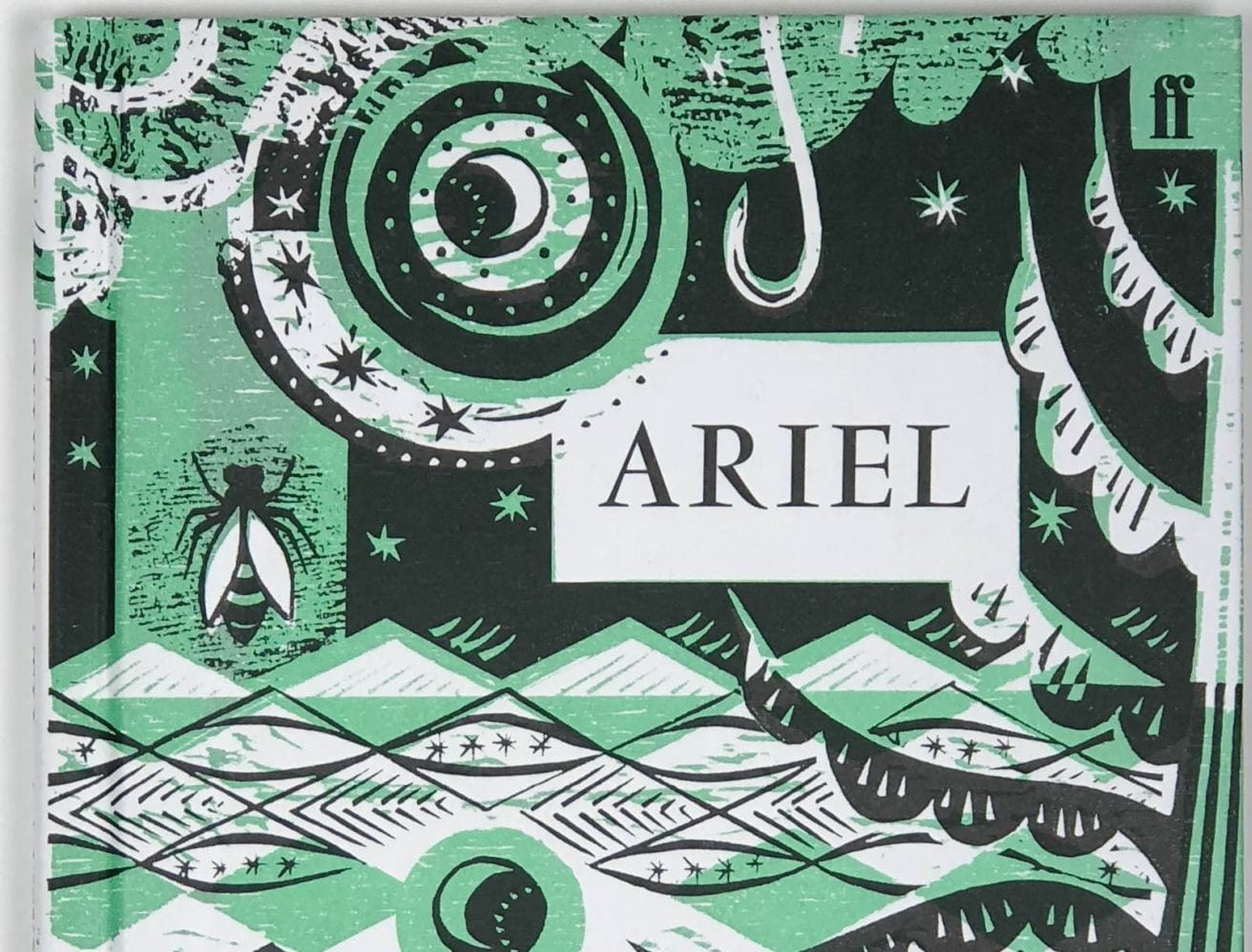Stasis in darkness.
Sylvia Plath, Ariel
Then the substanceless blue
Pour of tor and distances.
God’s lioness,
How one we grow,
Pivot of heels and knees!—The furrow
Splits and passes, sister to
The brown arc
Of the neck I cannot catch,
Nigger-eye
Berries cast dark
Hooks—
Black sweet blood mouthfuls,
Shadows.
Something else
Hauls me through air—
Thighs, hair;
Flakes from my heels.
White
Godiva, I unpeel—
Dead hands, dead stringencies.
And now I
Foam to wheat, a glitter of seas.
The child’s cry
Melts in the wall.
And I
Am the arrow,
The dew that flies
Suicidal, at one with the drive
Into the red
Eye, the cauldron of morning.
This week’s poem is Ariel by Sylvia Plath. It is poem of transcendence, strength, life and death. I began to read Plath during my A-Level studies and fell completely in love with her poetry.
We all know the story of Plath’s struggle with mental health. Her first suicide attempt was in 1953 aged just 21, her second in 1962 and her last was in 1963. Following this, she spent six months in psychiatric care under the care of Doctor Ruth Beuscher (who would become a close friend of hers). Plath’s work is often defined by her turbulent relationship with fellow poet Ted Hughes, who she met whilst at university. In 1963, after she had separated from Hughes, she committed suicide and died aged only 30.
Plath’s life is so much more than her death. She was ambitious and determined, excelling at college and earning a scholarship to Cambridge. She wrote constantly and devotedly, using her poetry to share her life experiences, intertwining stunning metaphors with raw emotion. Plath’s second poetry collection Ariel was released just two years after her death. In the first edition of Ariel, Hughes changed the order set out by Plath before her death. Thus, I would recommend reading the 2004 restored edition of Ariel, for it is arranged how Plath initially intended, as well as including a moving foreword by Freida Hughes.
In October 1962 Plath experienced a burst of creativity, writing the majority of her seminal poems and at least 26 of the poems for the Ariel collection, one of these being the titular poem ‘Ariel’. ‘Ariel’ follows the speaker’s metaphorical journey to freedom. The rhythm begins slow but from the sixth stanza it becomes stronger and faster – mirroring the speaker’s movements. It is the seventh stanza which really resonates with me. The image of “foam to wheat a glitter of seas” represents the speaker’s fluidity of identity and freedom. The poem is filled with metaphors of freedom which gives it a hopeful tone, something which is present in Plath’s poetry, though is often underappreciated.
For me, the final stanza is the most important, for the use of the noun “suicidal” suggests the speaker’s fulfilment of letting go of their identity and embracing freedom. Furthermore, the image of flying into the sun is also one of hope, for the speaker is travelling towards a new day in which they are truly free.
Plath’s work is shadowed by her relationship with Ted Hughes and her struggles with mental health, but once you begin to read her work there is a profusion of depth and compassion. Ariel is a beautiful poem and it fills me with hope and joy.
Words by Orla McAndrew
Want more Books content from The Indiependent? Click here

thanks for recommending its a fantastic piece of work and thanks for the background and some insight into the poem.